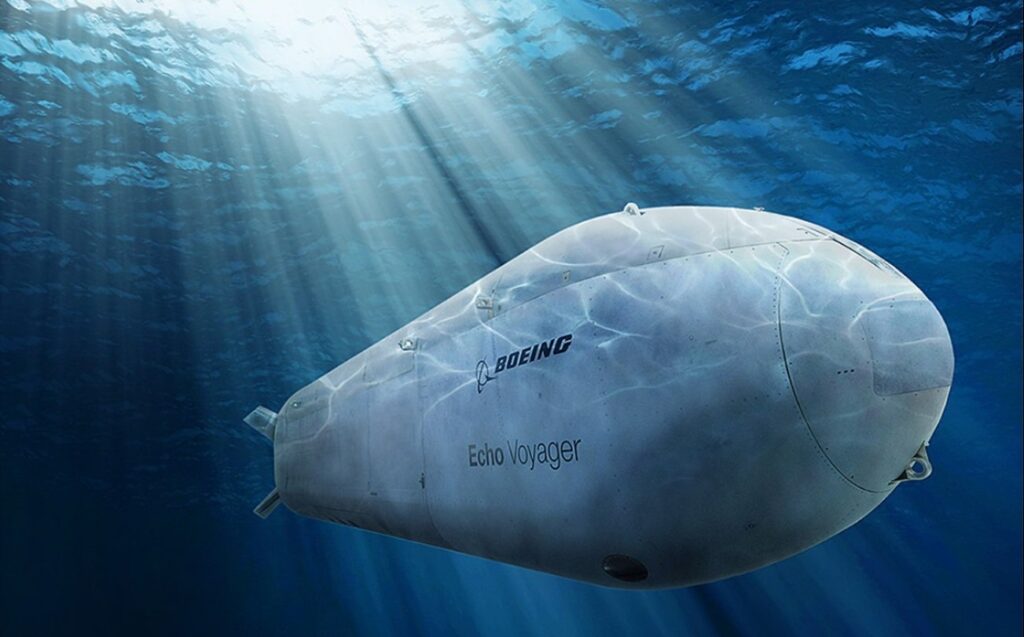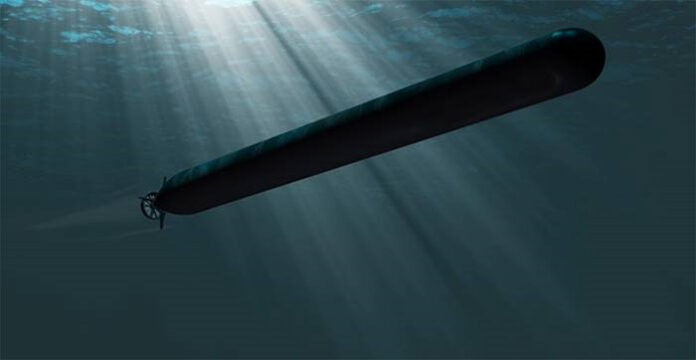It is no secret how much the U.S. Navy places great emphasis on unmanned systems. Chief of the Navy outline this issue while promulgating the “Advantage at Sea” strategy, which declares the future naval policy. According to the Advantage at Sea, the future U.S. fleet will combine legacy assets with new, smaller ships, lighter amphibious ships, modernized aircraft, expanded logistics, resilient space capabilities, and optionally manned and unmanned platforms.
The ORCA X-Large Unmanned Underwater Vehicle, or XLUUV, is considered one of the most promising projects that will free up larger manned submarines for more complex missions. As declared in the latest U.S. Congress report, the U.S. Navy demands to commission 50 ORCA XLUUVs in the next decades.

ORCA XLUUV:
The Orca is an autonomous underwater vehicle (AUV) under development by Boeing and Huntington Ingalls Industries (HII) for the United States Navy. The Orca dates back to September 2017, when the Navy issued contracts worth about US$40 million each to Boeing, which had partnered earlier in the year with HII to build unmanned submarines, and Lockheed Martin to develop competing designs for an XLUUV capable of autonomous operation on missions up to several months in duration.
In February 2019, the U.S. Navy awarded the Boeing/HII consortium a $43 million contract to begin work on building four of their XLUUVs, the design of which would be based on Boeing’s earlier AUV Echo Voyager.

The U.S. Navy will use the XLUUV for potential capabilities such as mine countermeasures, anti-surface warfare (ASuW), anti-submarine warfare (ASW), electronic warfare (E.W.), and strike missions.
Boeing’s Echo Voyager is considered a game-changing platform, capable of performing as a multi-mission system and playing a pivotal role in future force structure. The vehicle’s advanced autonomy allows it to operate for months at a time without physical human contact and in congested waters. Echo Voyager is complete with a generous internal and external payload volume and available energy capacity.
The vehicle provides satisfactory navigational accuracy. The primary navigation system features Kalman filtered
Inertial Navigation Unit (INU), aided by a set of Doppler Velocity Logs (DVLs), and depth sensors, and can use long seafloor baseline (LBL) transponders to augment the navigation solution. GPS is available operating on or near the surface.
The vehicle uses encrypted Inmarsat IV, Iridium, Wi-Fi, and/or FreeWave enabled communications for operational command,
control, system status, and mission re-planning during near-surface operations, and acoustic communications for command,
control, and status messages during submerged operations.
Echo Voyager can utilize various sonar payload types, including a Raytheon PROSAS PS60-6000 Synthetic Aperture Sonar to enhance its ocean-bottom mapping capability.

ORCA (Echo Voyager) Key Data:
- Weight in Air: 50 tons (45,360 kg)
- Envelope (no payload): 51 ft x 8.5 ft x 8.5 ft
(15.5 m x 2.6 m x 2.6 m) - Envelope (with a 34 ft payload section): 85 ft (25.9 m)
- Maximum Depth: 11,000 ft (3,000 m)
- Maximum Speed: 8.0 kts (14.8 km/hr)
- Minimum Speed: 2.5 kts (4.63 km/hr)
- Optimal Speed: 2.5 – 3 kts (4.6 – 5.6 km/hr)
- Range between recharges: ~150 nm (~280 km) at
nominal speed



